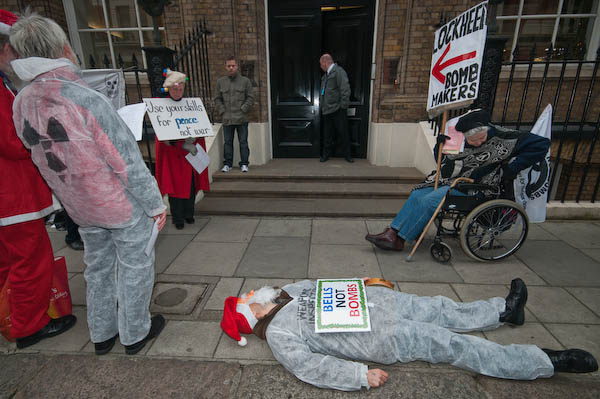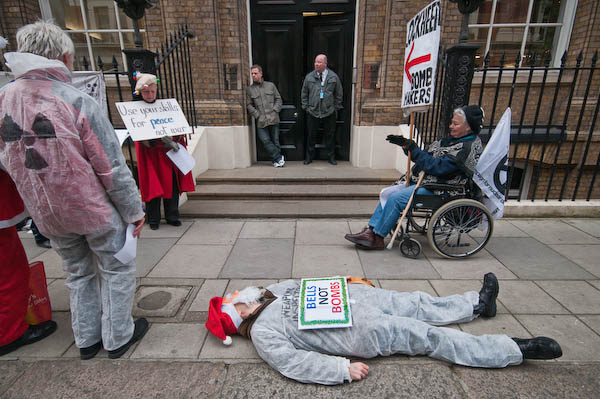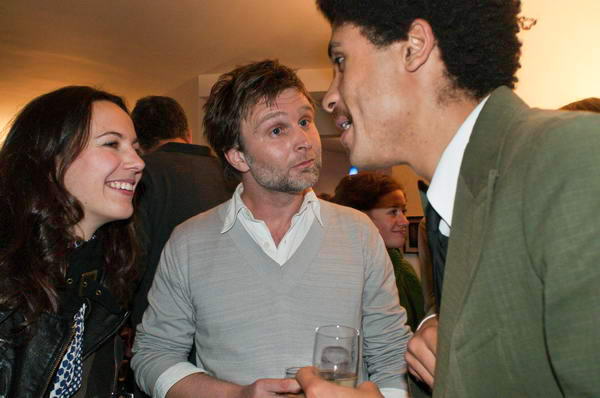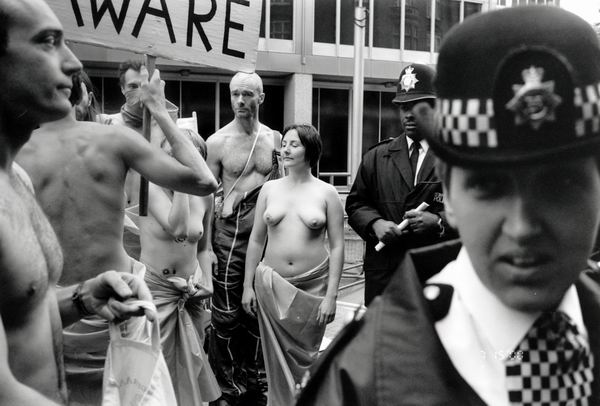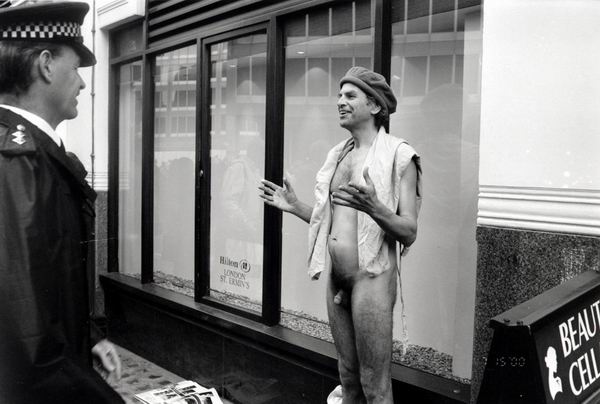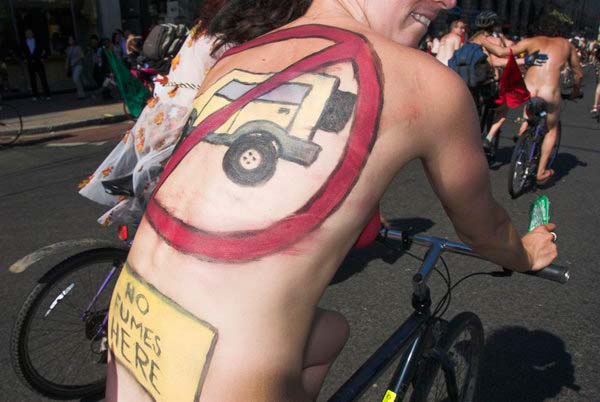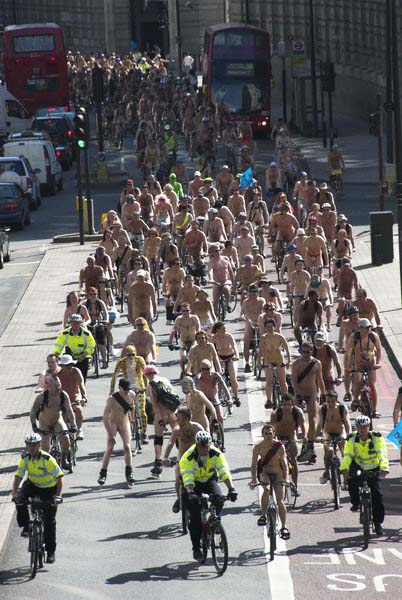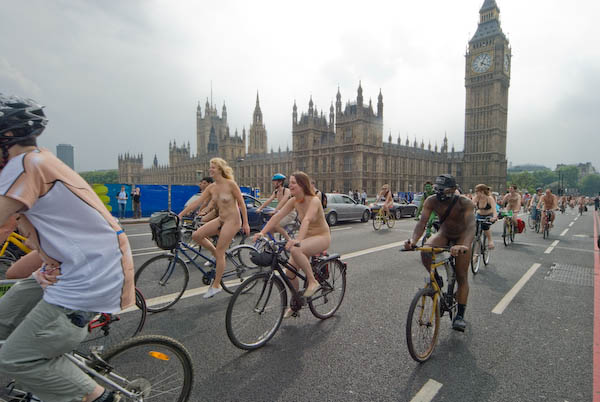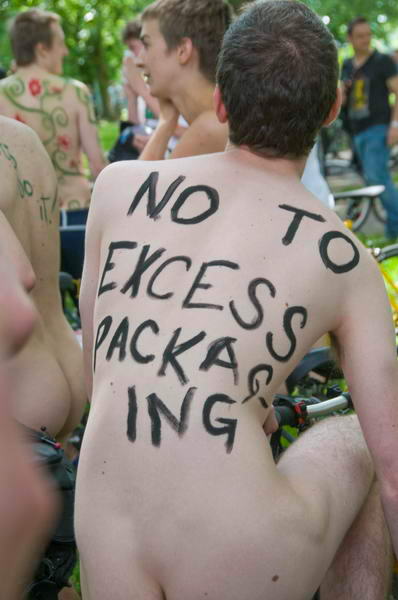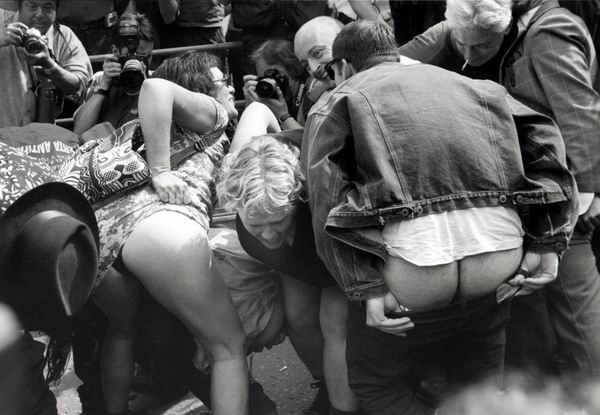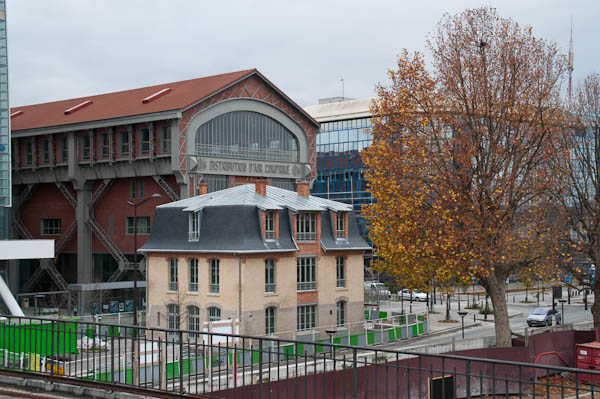2008 has been a year that has seen a few interesting developments in photography in the UK, although also a year that has left many of us considerably poorer. Many photographers have seen their incomes fall sharply with clients going out of business, staff jobs being axed and an increasing use of images from free or cheap sources. Many publications seem to think that anything that will fill a suitable size rectangle on the page will do and are not willing to pay the rate needed to sustain professional work.
I heard a week or so back of one local newspaper offering a ‘day rate’ of £25 – and still finding people who would take it, while others are now relying on amateurs to send them pictures for nothing but having their name in small print next to them.
Not of course that their is anything necessarily wrong with amateurs – much of the most interesting photography over the whole history of the medium has come from people who supported themselves by other means (or relied on partners, friends or families to support them,) or was the personal work of photographers whose professional work was generally tedious and mundane.
And many photographers who became famous through their actual professional work of course still often produced a great mass of uninspired bread and butter images. One of the problems we now have is that curators have a great delight in bringing this out and presenting it on walls as great previously unknown art. The truth generally remains that there are very good reasons why these images were obscure, but there is no career-enhancing kudos for curators in repeating – for example – to show the pictures that Henri Cartier-Bresson chose to include in his ‘The Decisive Moment.’ (You can now usefully see the entire book online, although of course the quality of reproductions is so much better in the real thing.) And yes, even H C-B had his off-days, and it is hardly surprising that the title “the Pope of Photography” has most often been applied to a curator – John Szarkowski – rather than a photographer.)
There have been some encouraging developments this year. Photographers often like to bitch about the British Journal of Photography (not least when it asks to use their work without payment) and there are sometimes very good reasons for this, particularly in some of their coverage of equipment which at its worst can be little more than a round-up of press releases or a display of personal prejudices, but in my eyes their coverage of photography has certainly improved. This was brought home to me when I cleared out the shelves containing several years of back-issues before Christmas.
One innovation for the BJP this year was its rather curiously named blog, 1854, a reminder that the print magazine is extremely long in the tooth. One of the great things about blogging is that it forces you to read other blogs, and although 1854 hasn’t yet become a useful source of information for me (usually I’ve read it first on the same blogs as them!) it does mean that its writers, “the editors of the British Journal of Photography, the world’s oldest photography magazine” at least keep up to date with “photographic news, from the latest gear to the best exhibitions to the best insights on ongoing and upcoming trends in the industry” which I’m fairly sure accounts for the improvement I’ve noticed in the print issues. Though there are perhaps one or two of their contributors who still need to start blogging!
At least for those of us who live in London, one of the big developments of the year – and one the BJP largely neglected – was the tremendous growth of the East London Photomonth. Of course there are some other photo festivals in the UK, but this is the only one of any moment in the capital and with around a hundred events this year beginning to make an impact.
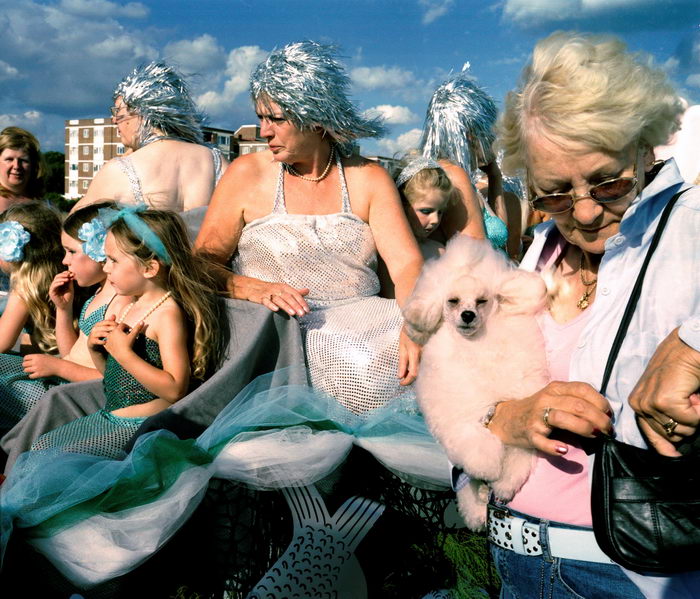
The Mermaids and the Poodle, Hayling Island Carnival, 2005. Paul Baldesare from the show “English Carnival“, part of the Photomonth I was also in.
Of course it still has a very long way to go to rival Paris – which is why I spent eight days in that capital this November (which you can read about in great detail both in many posts about the shows here on >Re:PHOTO and also in my Paris Supplement to My London Diary.
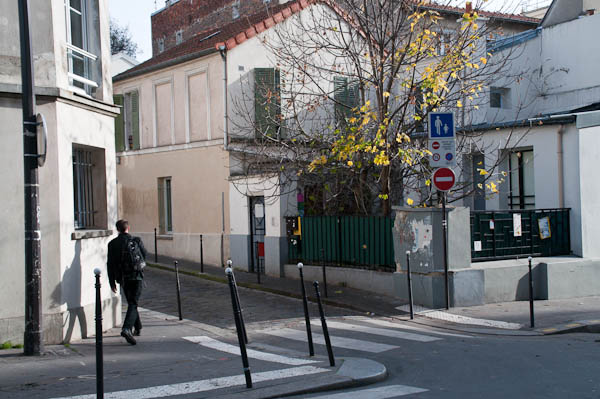
One of my first posts on arriving back from Paris was Paris and London: MEP & PG which compared our London Photographers’ Gallery with the Maison Europeene de la Photographie (MEP).
The main thrust of my piece was in the third paragraph:
but the biggest difference so far as photography is concerned is one of attitude. The MEP clearly believes in photography, celebrates it and promotes it, while for many years the PG has seemed rather ashamed of it, with a programme that has seemed to be clearly aimed at attempting to legitimise it as a genuine – if rather minor – aspect of art.
So I was interested to see that when the BJP’s report (BJP 17/12/2008 p6) of the PG’s opening on its new London site (my account, Zombies in Ramillies Street, on >Re:PHOTO was rather different) commented that gallery director Brett Rogers “hopes that the gallery will reach an equal footing with organisations such as the Maison Europeene de la Photographie in Paris“.
Amen sister! So do I, but I’ve yet to be convinced that we are singing from the same hymn sheet!
